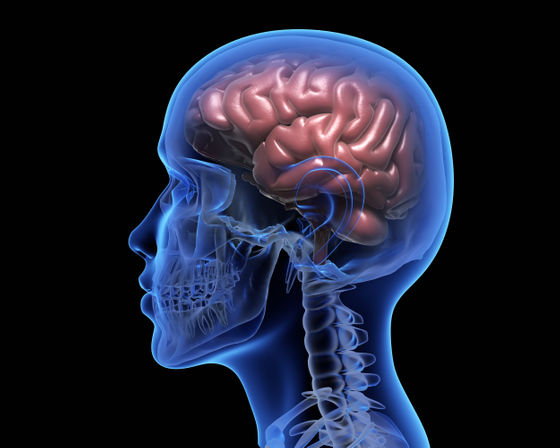Research results that young people with small brain size are more likely to start smoking in their teens

Previous
Association between vmPFC gray matter volume and smoking initiation in adolescents | Nature Communications
https://doi.org/10.1038/s41467-023-40079-2
Reduced gray matter in frontal lobes linked to teenage smoking and nicotine addiction – study | University of Cambridge
https://www.cam.ac.uk/research/news/reduced-grey-matter-in-frontal-lobes-linked-to-teenage-smoking-and-nicotine-addiction-study
This time, an international research team led by the Universities of Cambridge and Warwick in the UK and Fudan University in China collected information from the IMAGEN project , which conducts various questionnaires such as MRI brain scans and drug and alcohol use for adolescents. We analyzed the collected data to examine the relationship between the two areas of the brain and smoking habits.
The subjects of analysis were 807 healthy men and women living in four European countries, England, Germany, France, and Ireland, and the survey was conducted when the subjects were 14, 19, and 23 years old. Smokers were also classified as smokers if they had smoked two or more cigarettes at each study time point.
The study found that smokers who started smoking before the age of 14 had significantly less gray matter in the left side of the ventromedial prefrontal cortex than nonsmokers.

The left prefrontal cortex is involved in decision-making and rules, and the gray matter is a collection of neurons that process information. From this, the research team found that cognitive function decreased due to the decrease in gray matter in the left prefrontal cortex, and ``
Nicotine is toxic to the brain, so low left prefrontal cortex capacity alone does not rule out the possibility that smoking interfered with brain development. However, when examining the data at the age of 19, those who started smoking by this time already had reduced gray matter in the left prefrontal cortex at the age of 14. This suggests a causal relationship that smaller brain size leads to initiation of smoking.
The study also found that a decrease in volume in the right side of the brain, the right prefrontal cortex, was associated with continued smoking habits. Importantly, those who started smoking by age 19 had the same amount of gray matter as nonsmokers at age 14. This suggests that the reduction in the right prefrontal cortex did not lead to smoking, but that smoking caused a sharp reduction in the right prefrontal cortex.
In contrast to the reduction in size of the left prefrontal cortex that was associated with the initiation of smoking, the right prefrontal cortex decreased with continued smoking, suggesting that the research team believes that habituation of nicotine intake I speculated that the atrophy of the right prefrontal cortex may affect ' hedonic motivation ', which is the brain function related to the pursuit of pleasure and self-management, resulting in an inability to control smoking habits.' . In fact, the excessive reduction of gray matter in the right prefrontal cortex was associated not only with tobacco but also with marijuana use and overeating.

People who started smoking in their teens continued to lose gray matter volume in the right prefrontal cortex more rapidly at age 23, suggesting that smoking affects prefrontal cortex function. was shown. In addition, from the results of two questionnaires conducted to the subjects, it was found that the decrease in gray matter in the left prefrontal cortex is related to the pursuit of novelty, especially unruly rule-breaking behavior, and that the decrease in the right prefrontal cortex It was also confirmed that a decrease in the amount of gray matter is associated with sensory pursuit.
Regarding the results of this study, Tianye Jia of Fudan University, the lead author of the study, said, ``A decrease in left prefrontal gray matter is associated with behaviors that increase the likelihood of smoking in adolescents. 2011, 2008, 2006, 2010, 2012, 2012, 2012, 2012, 2012, 2012, 2012, 2012, 2011, 2012, 2012, 2012, and 2012, and 2010, 2010. These findings demonstrate how adolescents begin smoking and become addicted. It will explain the causal relationship of whether we fall into
``Smoking is probably the most common addictive behavior in the world and is the number one cause of death in adults,'' said co-author Trevor Robbins of the University of Cambridge's Department of Psychology. 'It's most likely in adolescence, so if we can detect this increased likelihood and target interventions, it could save millions of lives.'
Related Posts:
in Science, Posted by log1l_ks







